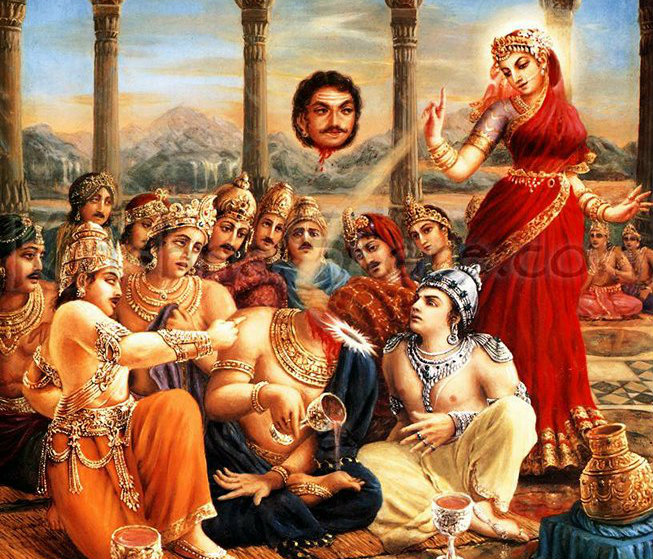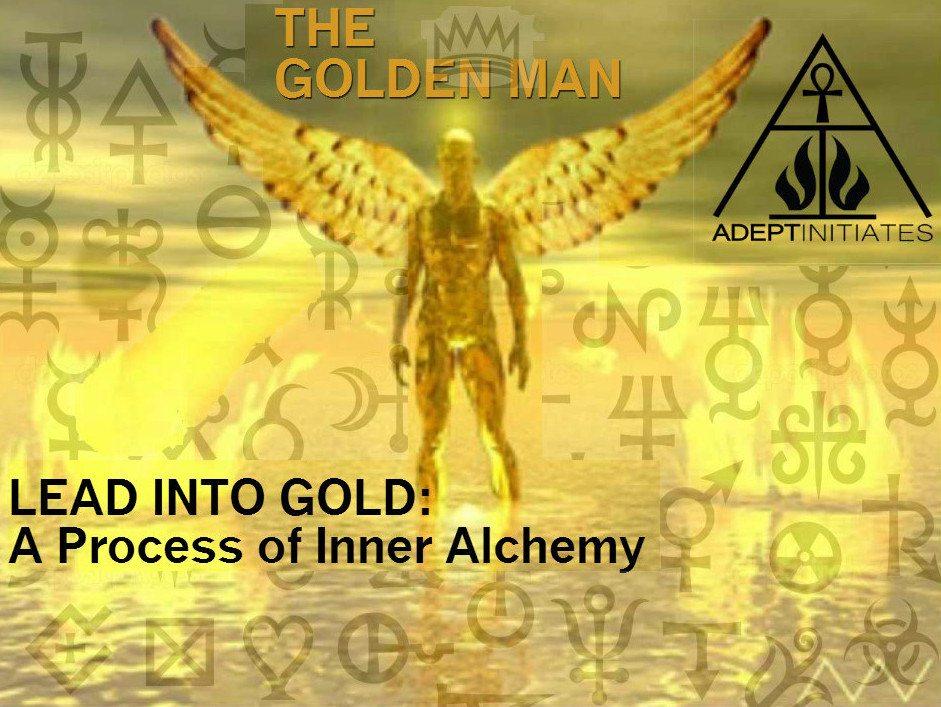The Heavens Again Conspire In Our Favor ![]() 🔻
🔻
I’ve been increasingly messaged this week and asked for insight and information by some of you who are experiencing the “crazies” from the huge shifts in their energy and their lives that many seem to be feeling these days.
Keep doing your personal work to cultivate yourself, within and without, building your temple and continuing to work toward the realization of your dreams and desires. These void moon and ecliptic energies will keep pulling and pushing us into alignment with our spiritual goals and they won’t let up through the March to Easter until the first of April, when the Fool dances with the Rabbit.
The Moon is now ascending from the South Node reached a little over an hour ago and moving into position for both its own New Moon occultation and also the partial eclipse of the sun tomorrow.
For thousands of years, people all over the world have believed in the influence of the planets on human life and history. Logically speaking, the creation of the planets precedes that of the living beings. Hence, some sort of cause and effect relation must subsist between these two.
The Navagrahas or the nine planets are regarded by the Hindus as of the greatest astrological significance and are believed to influence the life of the individual as also the course of history.
As per the traditional list, the nine planets are Ravi or Sarya (Sun), Soma or Candra (Moon), Mangala, Kuja or Angaraka (Mars), Budha (Mercury), Brhaspati or Guru (Jupiter), Sukra (Venus), Sani (Saturn), Rahu and Ketu. The seven days of the week have derived their names from the first seven planets. Rahu and Ketu are not planets but ascending and descending nodes of the moon. Sometimes Ketu is depicted as the personification of comets and meteors. Since ancient times the Nodes have been depicted as a dragon.
A major contribution of Vedic Astrology is its statement of your incarnational life, meaning… Why you are here.
There are two Nodes: the North Node and the South Node.
The North Node is called Rahu. The South Node is called Ketu. The Nodes have been actually referred to as demons, because they are the eclipse points and they even have the power to devour the luminaries… the Sun and the Moon. But, because Vedic astrology is Tantric, everything is inherently connective to the Divine, even adverse circumstances, even what could be called ‘bad’, but it is much more effortless if we perceive these difficult states in the right way as opportunities for growth.
As Karmic planets in vedic astrology, Nodes relate to the famous lore of how Rahu, inspite of being an Asura, tried to drink the Amrita during the Samudra Manthan. Lord Vishnu, alarmed by the luminaries, beheaded Rahu, as he was about to swallow the nectar. The immortal head is known as Rahu and the headless body is Ketu. Feeling put out by the luminaries, the nodes disassociate with them, and devour them causing eclipses (grahan).
Let’s explore more about Ketu, The South Node.
Ketu is where in terms of life circumstances we will find that everything dissolves. This experience can terrify, but Ketu dissolves that which needs to die in terms of our need to be reborn and go forward to meet our spiritual destiny in this incarnation. Ketu reflects our past lives, the opposite of Rahu, which is the future area where we are driving forward. Rahu is the advancing army. Ketu is the occupying army. The word Ketu represents the occupying army’s flag flying over areas of life we have previously conquered.
Ketu, the Moksha-karaka planet has extremely strong karmic connection, from past lives. The shadow planet does share a few traits with Rahu… inclination for the shadows, magic, occult studies, passions and mysticism. Ketu is all about spiritual liberation — through the dreaded path of pain, continuous failures, torture and frustrations. It’s the planet known for major transformations, and transcendence into higher reality.
Ketu supposedly behaves like Mars, so fires and accidental injuries fall under its arena.
Ketu signifies psychic powers, clairvoyance, intuition, intrigue and desire for knowledge. Unlike Rahu, Ketu deters worldly powers, as it’s a deep thinker with keen interest in unearthing the esoteric.
Ketu’s affilliations with Ayurveda are the use of herbs and healing abilities. Ketu signifies undiagnosed diseases and is responsible for severe ailments such as leprosy, cancer, paralysis and joint problems. Ketu is known for the ‘Sting’ in its tail — By the end of its Dasha, it creates a situation that leaves a prominent mark on peoples’ lives. Ketu is therefore affiliated with owls, scorpions, rodents and serpents — the Venomous.
Contrary to Rahu, Ketu is most comfortable in Scorpio, the sign of Mars and most uncomfortable in the sign of glamorous Venus-Taurus.
The effects of the Ketu are just like going through the fire from which you come out stronger, more powerful and able take on your pursuits with easy stride.
Fire Does Not Burn Fire ![]()




